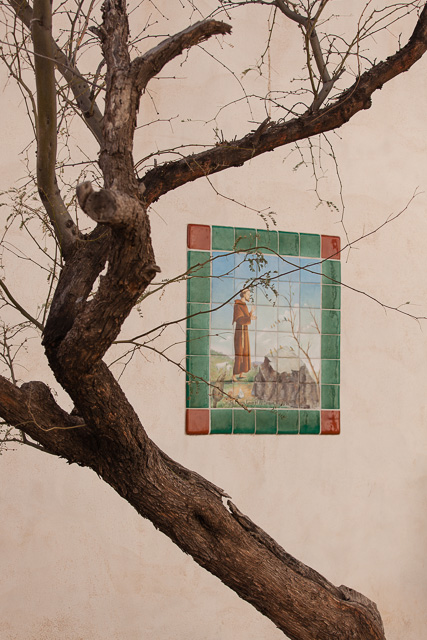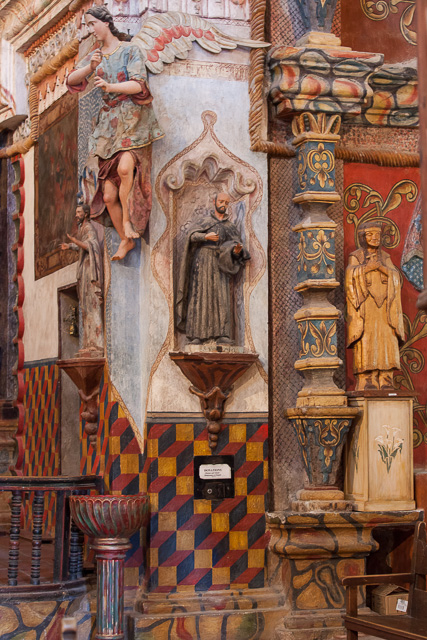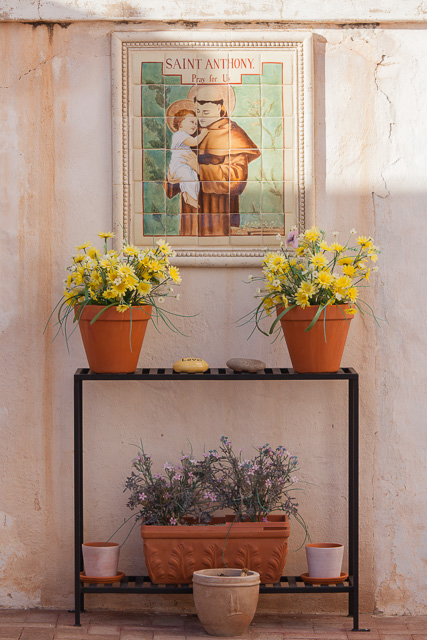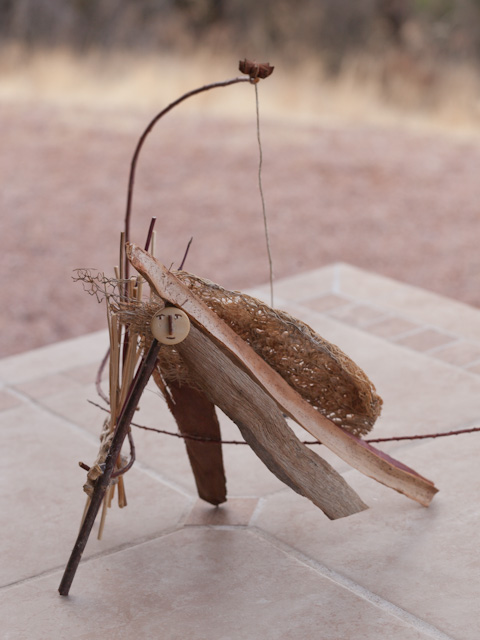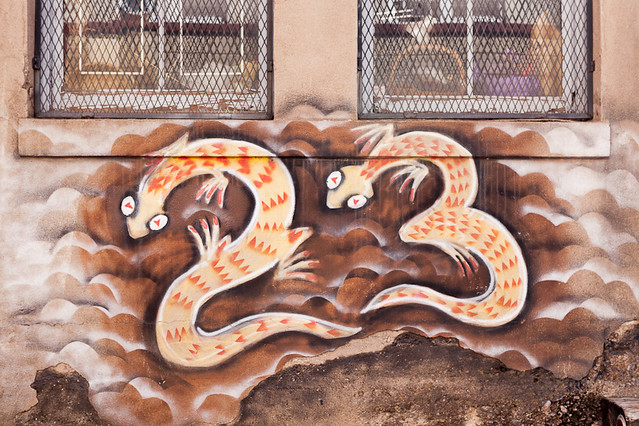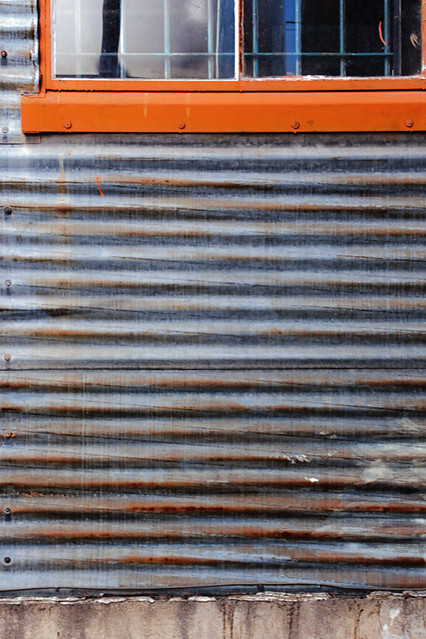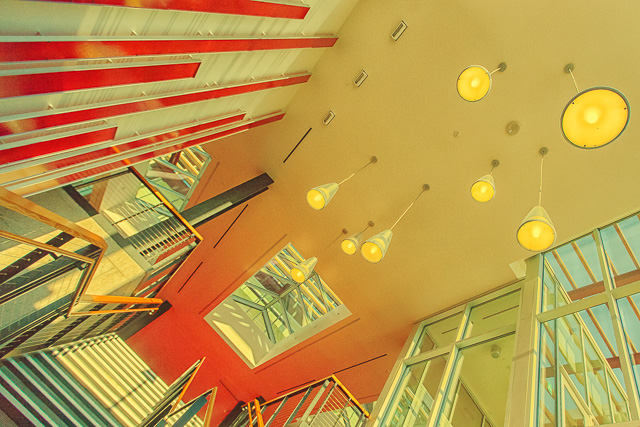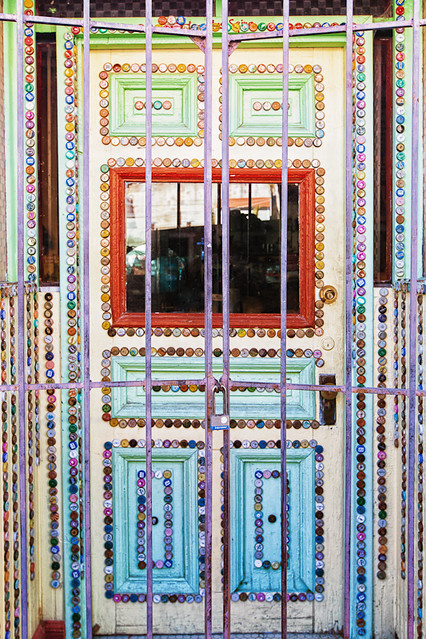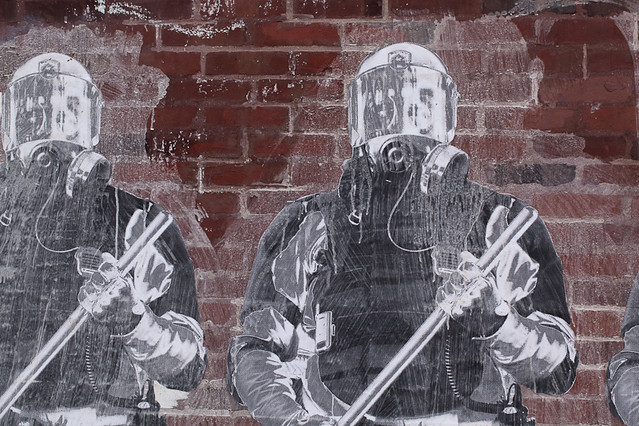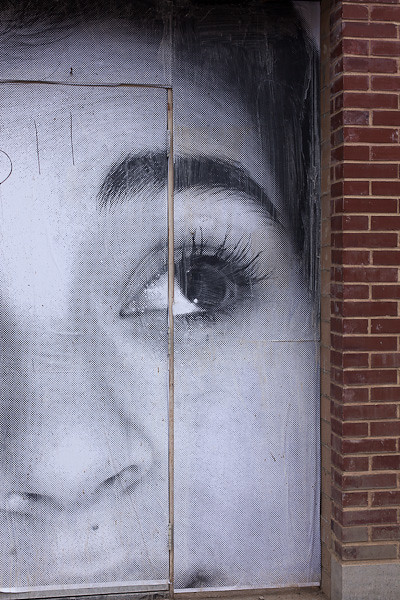I have a practice of searching for sacred spaces. While these spaces are often churches or missions, I have no limits on what I include in defining a space as sacred.
The spaces I seek are varied — a deserted picnic area on a mountain road; a bare space on the desert floor, a circle of desert where visible desert plants have not yet taken root; a solitary bench under a sycamore tree in a city park, a labyrinth tucked in a quiet corner of a bustling desert museum. I frequently find sacred spaces — place to ground, connect, let my thoughts wander.
It doesn’t require solitude, although often the spaces I choose are quiet, out of the way. Frequently, there are a few people scattered in the space, usually quiet, reflective, thinking their own quiet thoughts, making their own discoveries.
After a busy weekend, it was time for a sacred place visit. I headed to my go-to place, a spot in the Sonoran Desert that has a tiny picnic area — two tables — and several trail heads. It is usually unoccupied, so I often bring my camera and journal and a few art supplies, and spend some quality time with myself.
But his time I got sidetracked. Driving by the Mission at San Xavier del Bac, also called the White Dove, I suddenly took the exit for the church. I usually visit the mission several times each winter, but it is a favorite place of pilgrims and tourists, and so it is seldom my choice for quiet inspiration. People are very respectful in the church itself, but it tends to be busy with many people admiring the lovely folk art in the church’s interior. I’ve done this myself – it is a fascinating place, and deserves respectful curiosity and contemplation of the simply rendered sacred art.
But, for me, it is not a good place for quiet meditation, writing in a journal, or making a few sketches.
Nevertheless, I found myself pulling into the parking lot late on a midweek afternoon. A steady stream of cars and visitors were leaving and there were only a few folks in the church. I found a space in a dark corner in the east transept and sat awhile, quietly focusing on the amazing art. There is much to take in, but I found that focusing on just one of the many statues worked for me, moved me into a place of calm and reflection.
I found my favorite space, though, upon leaving the church interior, and discovering a small courtyard. There were tile murals, simple and beautifully executed, on three of the walls. There was a small garden shrine, with a touching display of garden flowers, cacti and succulents in pots, and a few simple rocks.
The adobe walls shone with a white patina, a glow from the sun low on the horizon. The shadows on the walls were repetitive arches from a nearby decorative fence. The water-spout was carved from the adobe and painted a red ochre, giving it the appearance of a clay drain. There is much illusion in the church art — adobe fountains painted to resemble marble, doors and cabinets painted on the church walls.
I found a bench, and just watched, felt, listened, thought.
My unexpected stop turned out to be a perfect space for what I needed.
————–
Bo Mackison is a photographer and owner of Seeded Earth Studio LLC. She continues on her search for sacred spaces.

